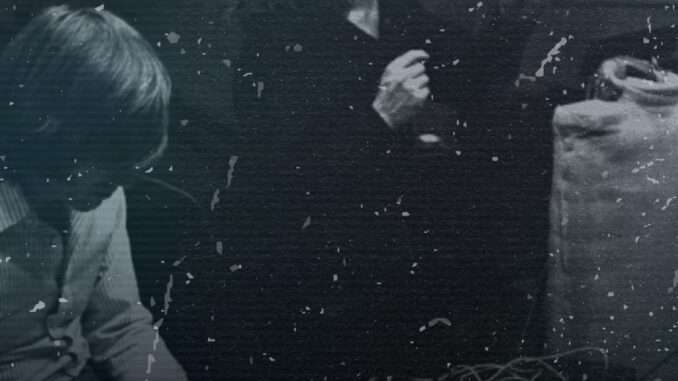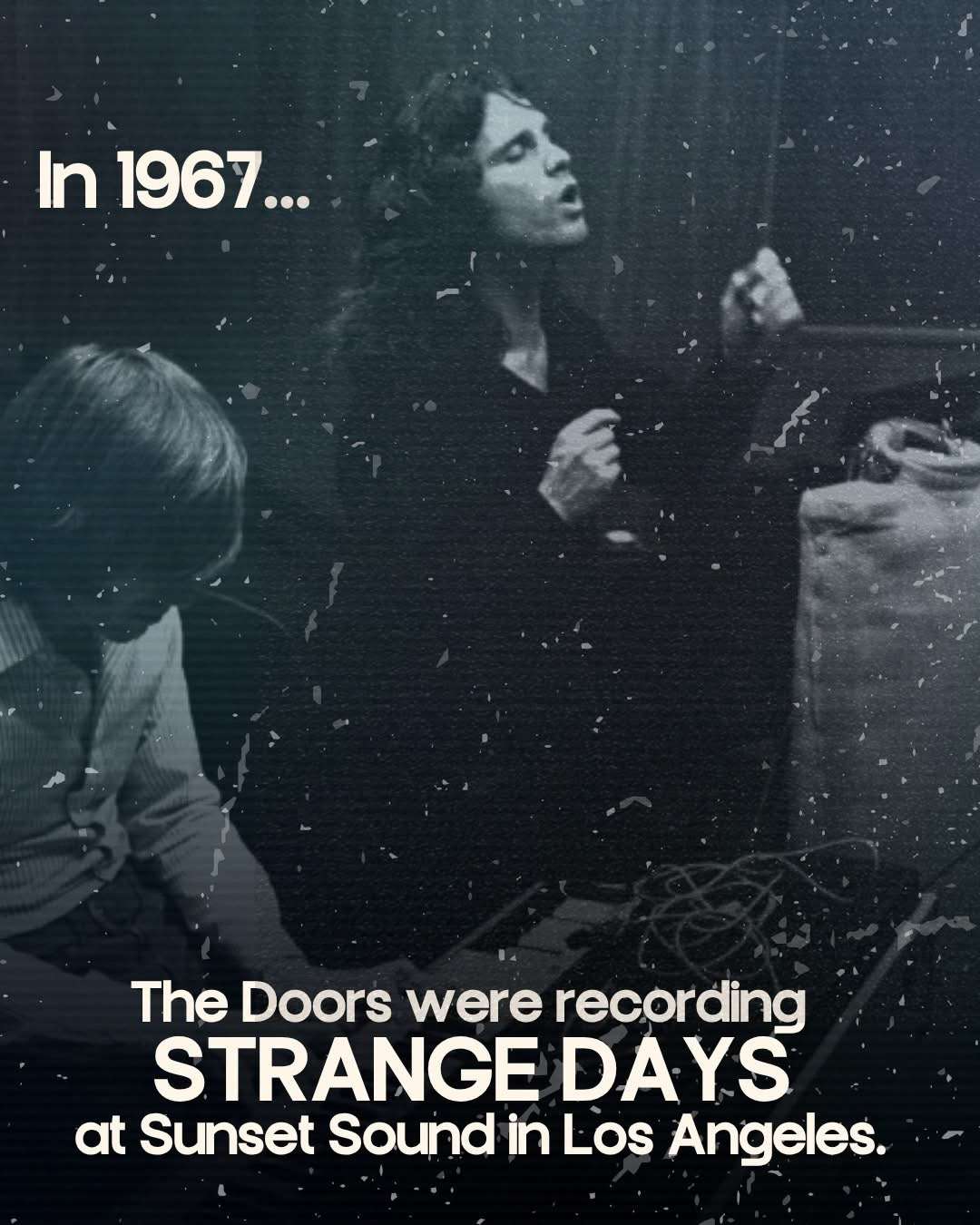
Jim Morrison was more than the charismatic and unpredictable frontman of The Doors — he was, at his core, a poet. Before the fame, before the leather pants and chaotic concerts, Morrison was a literature student who carried notebooks filled with poetry and cryptic observations about life, death, and the human spirit. Among those early writings was one piece that would later find its way into The Doors’ 1967 album *Strange Days*: the haunting, surreal “Horse Latitudes.”
“Horse Latitudes” isn’t a conventional song. It lacks a melody or rhythm, instead existing as a spoken-word poem layered over an eerie, chaotic soundscape. Morrison delivers the piece in a haunting voice — part chant, part cry — as the rest of the band creates a storm of noise behind him. It’s unsettling and powerful, a reminder that Morrison viewed music not just as entertainment but as a form of ritual.
The story behind “Horse Latitudes” begins years before The Doors formed. Morrison wrote the poem while still in high school, inspired by a historical account he read about sailors trapped in windless seas. These regions, known as the “horse latitudes,” were infamous for leaving ships stranded for weeks without wind or rain.
In his poem, Morrison transforms that historical tragedy into a surreal vision. The opening lines, “When the still sea conspires an armor / and her sullen and aborted currents breed tiny monsters,” immediately plunge the listener into an atmosphere of foreboding. The calm sea, described as conspiring, becomes a symbol of deceptive tranquility — a place where life and death, creation and destruction, exist side by side. Morrison often used nature as a mirror for human emotion, and “Horse Latitudes” is no exception. The violent imagery of drowning horses reflects not only physical suffering but also the emotional and spiritual suffocation of humanity itself.
When The Doors began recording *Strange Days* in 1967, Morrison revisited the poem. He saw it as a perfect way to experiment with sound and expression beyond the boundaries of rock music. The band — Ray Manzarek, Robby Krieger, and John Densmore — improvised a backdrop of unsettling noise to accompany Morrison’s recitation. They used random instruments, tape effects, and even vocal wails to simulate the chaos of a storm at sea. The result was unlike anything on the radio at the time — a piece of avant-garde rock poetry that blurred the lines between art and madness.
Morrison’s fascination with themes of control, destruction, and freedom runs deep throughout The Doors’ catalog, and “Horse Latitudes” captures those ideas in their rawest form. It’s a meditation on what happens when humans are stripped of power — when the sea, nature, or fate forces them to confront their helplessness. The sailors’ decision to sacrifice their horses becomes symbolic of how society often sacrifices innocence and beauty in the name of survival.
Many listeners initially found the track disturbing or confusing, but for Morrison, that was the point. He wanted his audience to feel discomfort — to confront the darker corners of existence that people usually ignore. The poem is not meant to tell a simple story; it’s meant to evoke a feeling of unease and reflection.
Interestingly, Morrison’s sister, Anne Morrison Chewning, later revealed that “Horse Latitudes” was among her brother’s favorite early poems. It represented, she said, “his fascination with the tragic and the beautiful — two things he believed always lived side by side.” That duality defined Morrison’s life and art. He saw beauty in destruction and poetry in pain, constantly seeking to express the unspoken emotions buried beneath modern life.
When *Strange Days* was released, “Horse Latitudes” stood as a bold artistic statement, bridging Morrison’s poetic roots with the psychedelic experimentation of The Doors. It showed that rock music could be a vehicle for something deeper — something literary, mysterious, and even terrifying. Decades later, the track remains one of the purest glimpses into Jim Morrison’s artistic soul: a young poet turned rock legend, still haunted by the image of horses lost at sea, and the quiet horror of human surrender.
In “Horse Latitudes,” Morrison didn’t just write a poem — he created a storm.
Leave a Reply